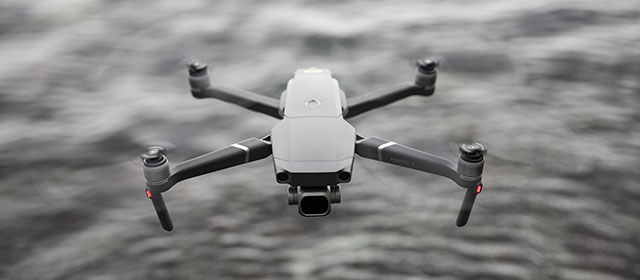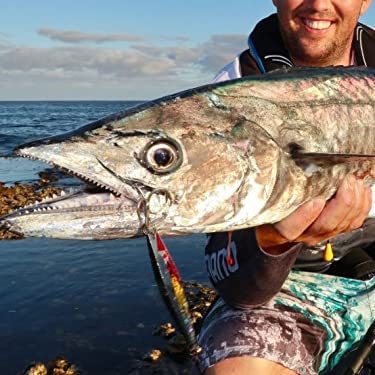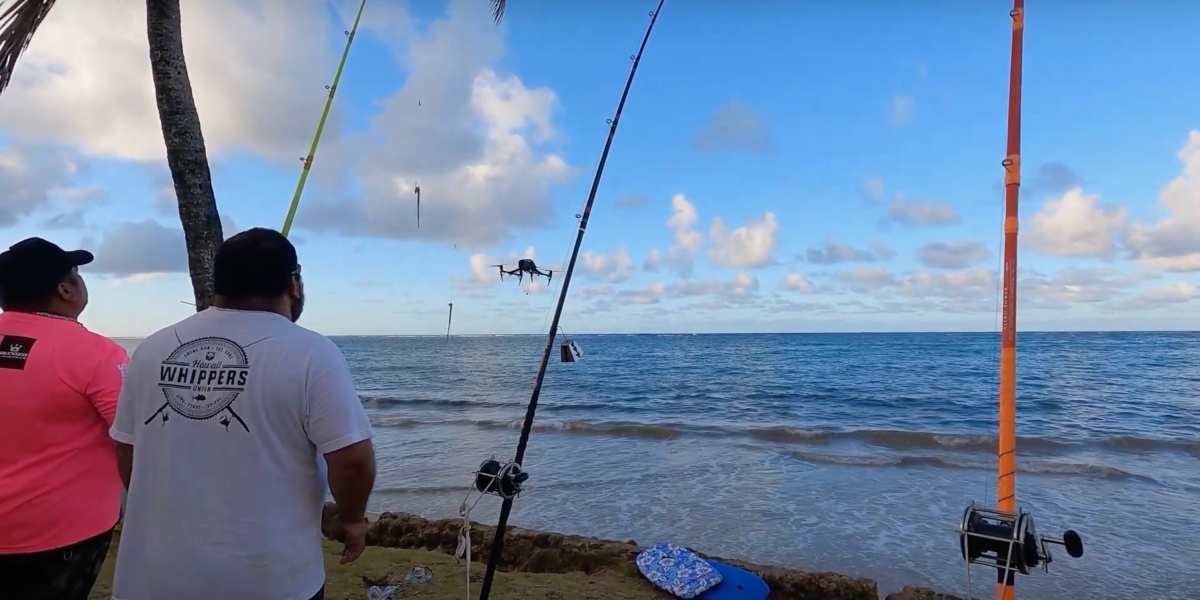
New Zealand has an exciting new method of fishing, drone fishing. This innovative new technique uses drone technology to open up new fishing opportunities. Drone Fishing NZ is a leading retailer that sells DJI and Splash drones. GoFish cams, Splash drones, and custom built fishing rigs are also available.
Aerokontiki Drones
Sharkan's Fishhawk drone captures better images of what you are doing. The drone's stabilized camera can shoot 12-megapixel photos at 30 frames per second and 4k UHD video at 12MP. The videos can be viewed on your smartphone. The drone can fly for up to 23 minutes and has a spare battery. It also has good transmission range.
Mobula
Mobula drones were specifically created for fishing. The drone's buoyancy and IP56 rating means it can withstand winds up to 20 km/h. It also has built-in safety features, including automatic return to home, automatic payload release, and 3 different release mechanisms. It will also automatically return to water if it runs low on battery so you don't need to worry about losing it.
Banks'
A fishing drone is a popular choice for anglers and other sports enthusiasts. However, the use of a drone has come with its own set of problems. First, drones are not safe for fishing in too deep water. The second problem is when the drone crashes again in the same spot. This can make it difficult to trust the information from the video.

SplashDrone 4
Swellpro designed the SplashDrone 4 drone, which is waterproof and has a new float platform. It's built for fishing parties and all types of water activities, and the drone is made of corrosion-resistant materials and industrial-grade ABS to withstand even the toughest conditions. Smooth+, the SplashDrone 4's unique flight control system, gives you complete control of the drone and helps to keep it stable in all conditions. Its advanced technology enables it to capture every angle of the sky.
Drone for Fisherman
New Zealand Fisherman Drone Fishermans, you are in for a surprise. Snapper are a prized species for drone fishing enthusiasts. They're also a treat to catch, as they're not only beautiful to look at, but also delicious! These fish can be found off the coasts of the North and South islands, and they often congregate in large numbers during springtime during their spawning season. These fish can also be caught during the summer months as they are abundant in the autumn.
Flying a drone
To ensure your drone fishing trip in New Zealand is a success, you need to follow these guidelines. First and foremost, you should know the law. It's illegal for a drone to be flown over any marine life or within 500 m of any marine mammal. It is important to pay attention to your surroundings while flying your drone. This will prevent your expensive drone from being confiscated.
Payload for a drone
A drone can be used for fishing. However, you need to consider the payload. You will need to find a drone with a payload capacity to carry heavy fish and enough endurance to fly for a long time. If you plan on using your drone only for a few minutes, chances are you won't catch enough fish to make it worthwhile. Luckily, the technology behind drone fishing in New Zealand is getting better.

FAQ
Where are Drones Banned?
The FAA prohibits drones from flying within close proximity to airports, stadiums and sporting events, as well as nuclear power plants, hospitals and prisons. However, they do allow them to fly at night using GPS technology.
What kind of batteries is a drone using?
Drones are powered by lithium-ion battery. The typical drone draws between 3 and 6 volts.
Is drone regulation regulated by the FAA
The FAA oversees all aspects of drone operations, including safety standards, certification requirements, and licensing procedures.
What is the law regarding drones flying over private property
New rules have been issued by the FAA for commercial drone flying. These rules do not apply to UAVs under 55 pounds or flying at less than 400 feet above sea level. Commercial operators must register at the FAA and apply for a license. When operating in restricted areas or near airports, they will need to obtain permission from the local authorities.
Are you interested in flying with a drone while on the road?
Drones are increasingly becoming popular both for personal and commercial use. They are used for photography, filming, aerial mapping, search & rescue, and other applications. Recent regulations regarding drones have been approved by FAA. They include new requirements for registration and licensing, pilot training, insurance, and other requirements. These changes will help ensure that drones stay safe for all.
What's the difference between quadcopters and hexacopters?
A quadcopter, a four-rotor helicopter, flies just like a helicopter. It has four rotors which rotate independently. A quadcopter has four rotors. The hexacopter has six. Hexacopters have more stability and maneuverability than quadcopters.
Statistics
- According to ZipRecruiter, the minimum hourly wage of drone pilots is $20. (thedroneu.com)
- According to the multiple listing service (MLS), houses and apartments with drone photographs are up to 68 percent more likely to sell than those without pictures. (thedroneu.com)
- With the top 10% making over $100/h and the bottom 10% making as low as $10/h. (dronesgator.com)
External Links
How To
How do I clean my drones?
These are some tips to help you clean your drone. If you want to make sure you get every last bit out of your drone, then read this guide!
-
Be sure to have all the tools you need. Make sure that you have all the tools you need before you begin anything. You'll need a soft brush (or a toothbrush) and cleaning solution (we recommend WD40)
-
You must remove the battery pack. First, get rid of the battery. It's easy to locate the battery underneath the propeller. Just take care not to lose any screws during removal.
-
You will need to remove all parts. Next, you'll need to carefully remove all of the parts from the underside of your drone. You should make sure that they are not loose as they could fall off during cleaning.
-
Use a cleaning solution. Now it's time for your drone to be cleaned. We recommend using WD40 for cleaning. Use the cleaner to spray your drone's entire surface. Be sure to get in between all components. Allow it to dry completely before you assemble everything.
-
Replace the battery. Finally, once you've cleaned your drone, it's important to put the battery back in place. By doing this, you can test how well your drone functions after cleaning.